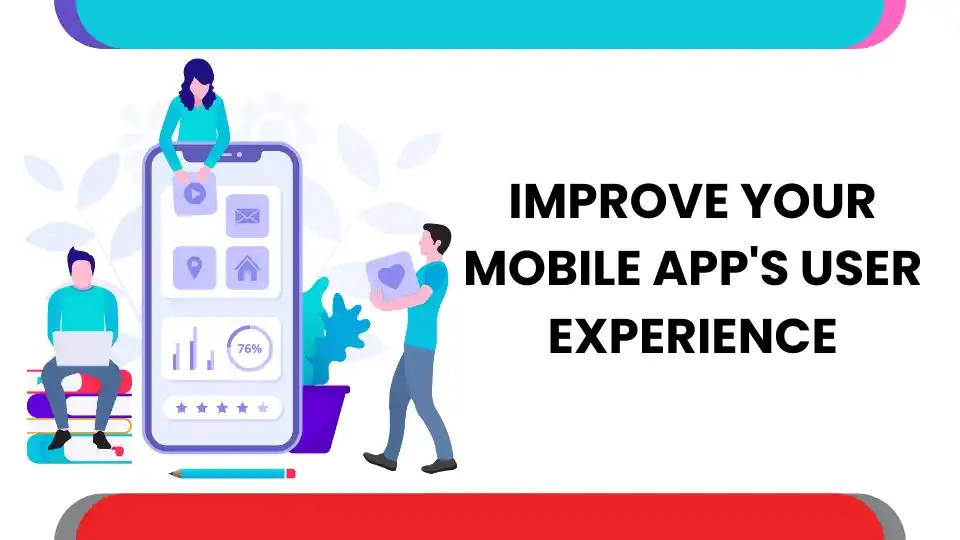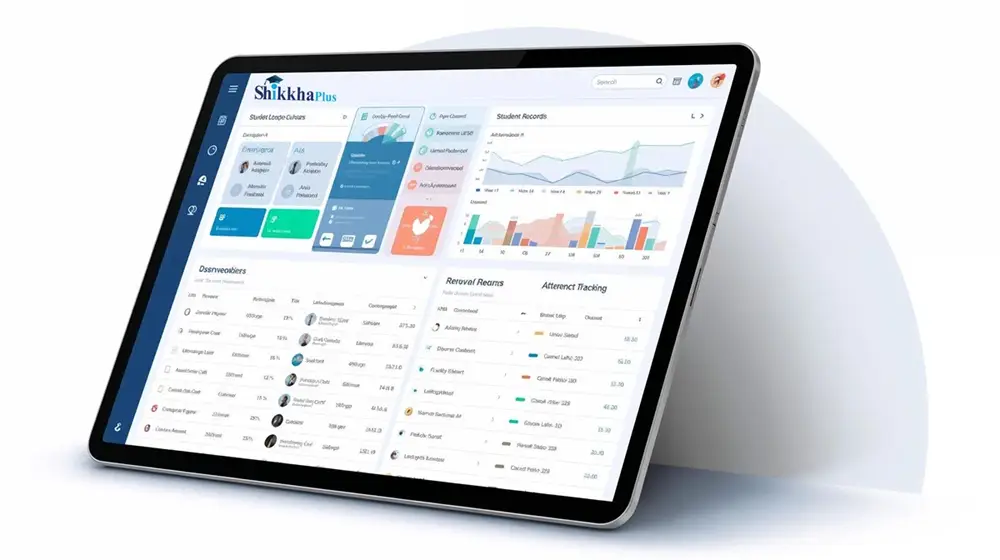
How to Improve Your Mobile App's User Experience (UX) for Better Engagement
Discover actionable strategies to improve your mobile app's UX for better user engagement. Learn how to enhance navigation, design, speed, and personalization.
A well-designed UX can significantly improve your mobile app’s performance, leading to higher user engagement, better retention, and ultimately more business growth.
But what exactly is UX, and how can you improve it? Let’s break it down and explore practical steps to create an outstanding mobile app that keeps users coming back for more.
What is User Experience (UX) in Mobile Apps?
User Experience (UX) refers to how users interact with your app, the ease with which they can complete tasks, and the emotions they feel while using it. The goal is to create an intuitive, seamless, and enjoyable experience that makes users want to continue engaging with your app.
An app with poor UX is often frustrating to navigate, leading to high bounce rates, uninstalls, and negative reviews. On the flip side, apps with great UX foster customer loyalty, drive engagement, and help your brand stand out in a crowded market.
Why UX Matters for Engagement
A mobile app is only as good as the experience it provides to its users. Here’s why UX is directly tied to engagement:
First Impressions Count: The initial interaction a user has with your app will determine whether they stay or leave. A clean, intuitive interface that meets their needs will make them want to engage more.
Ease of Navigation: If users can’t find what they need quickly, they’ll get frustrated and move on. Good UX design guides them effortlessly to their goals.
User Satisfaction = Loyalty: Happy users are loyal users. When your app is easy to use, aesthetically pleasing, and provides a satisfying experience, users will return time and again.
1. Focus on Simplicity and Clean Design
One of the most essential elements of great UX is simplicity. When designing your mobile app, focus on clean, minimalistic designs that prioritize functionality over unnecessary features.
- Avoid Clutter: Too many buttons, options, or overly complicated screens can confuse users. Keep the layout simple with clear, easily identifiable actions.
- Streamline User Flow: Every interaction should feel natural and intuitive. Make sure users can achieve their goals quickly—whether it's making a purchase, booking a service, or sending a message.
At Ambala IT, we emphasize designing apps with simple yet impactful user interfaces that ensure ease of navigation without overwhelming users.
2. Improve Loading Speed
In today’s fast-paced world, users don’t have time to wait. Slow loading times lead to frustration and app abandonment.
- Optimize Performance: Compress images, streamline your code, and minimize the use of heavy graphics or animations that can slow down your app.
- Test Across Devices: Ensure that your app performs well across a variety of devices with different screen sizes and hardware capabilities.
A faster app means users stay engaged longer. At Ambala IT, we ensure that every app we develop is optimized for performance, reducing load times and ensuring a smooth experience.
3. Prioritize Mobile-Friendly Navigation
Navigation is a key component of UX. Poor navigation can frustrate users and make them leave your app. Here are some tips:
- Simple Navigation Bar: Keep the navigation bar simple and easy to access, with only the essential options like "Home," "Search," "Profile," etc.
- Logical Flow: The flow of actions should be intuitive. For instance, if users need to complete a form or process an order, the steps should feel linear and easy to follow.
- Accessible Buttons: Make sure buttons are easy to tap, especially on smaller screens. Avoid placing important buttons near the edges where users might accidentally tap the wrong one.
We make it a point to create apps with intuitive navigation so users never feel lost, increasing the chances of them staying longer and engaging with more features.
4. Consistent Branding and Aesthetics
The visual elements of your app should reflect your brand’s identity. Consistency in design creates a sense of familiarity and trust, which is important for user engagement.
- Color Scheme: Use colors that align with your brand’s color palette while also considering user emotions. Bright colors might excite, while muted tones can calm.
- Typography: Choose fonts that are easy to read and visually appealing.
- Visual Hierarchy: Arrange content in a way that guides users to focus on the most important actions first.
By aligning aesthetics with functionality, we ensure that users not only enjoy using your app but also build a stronger connection with your brand.
5. Personalization and Customization
Users love apps that cater to their unique needs and preferences. Personalization is key to making your app feel more engaging and valuable.
- User Profiles: Allow users to create profiles where they can save preferences, history, and settings for a more tailored experience.
- Push Notifications: Send personalized push notifications to remind users about special offers, abandoned carts, or new features based on their behavior within the app.
- Dynamic Content: Provide content or recommendations based on user activity or preferences to increase relevance.
At Ambala IT, we build apps that are designed to adapt to individual user behaviors and preferences, fostering a more personalized and engaging experience.
6. Enhance User Feedback Channels
Listening to your users is one of the best ways to improve your app. Providing them with an easy way to share their feedback can not only help you solve problems quickly but also show users that their opinions matter.
- In-App Surveys or Polls: Use simple surveys or rating systems to gather feedback on specific features or recent updates.
- Customer Support Integration: Make it easy for users to contact customer support or access help sections directly from the app.
By implementing a seamless feedback system, we help businesses stay connected with their users, ensuring they can continuously improve the app experience.
7. Test, Test, and Test Again
Finally, the best way to improve UX is through continuous testing. User preferences evolve, and new technologies emerge, so it’s essential to test your app regularly.
- Beta Testing: Before launching major updates, conduct beta testing with a small group of users to identify pain points and areas for improvement.
- A/B Testing: Experiment with different versions of your app to see what works best in terms of user engagement.
- Analytics: Use built-in analytics to track how users are interacting with your app and identify bottlenecks or drop-off points.
How Ambala IT Can Help to Improve Your Mobile App's User Experience
At Ambala IT, we specialize in creating user-centric apps that deliver an outstanding experience, ensuring your business stays ahead in the competitive mobile app landscape. We test each app thoroughly during development to ensure it performs well and delivers the best possible experience for users. Contact Ambala IT for a free consultation, and let’s explore how mobile app development can unlock new opportunities for your business.








